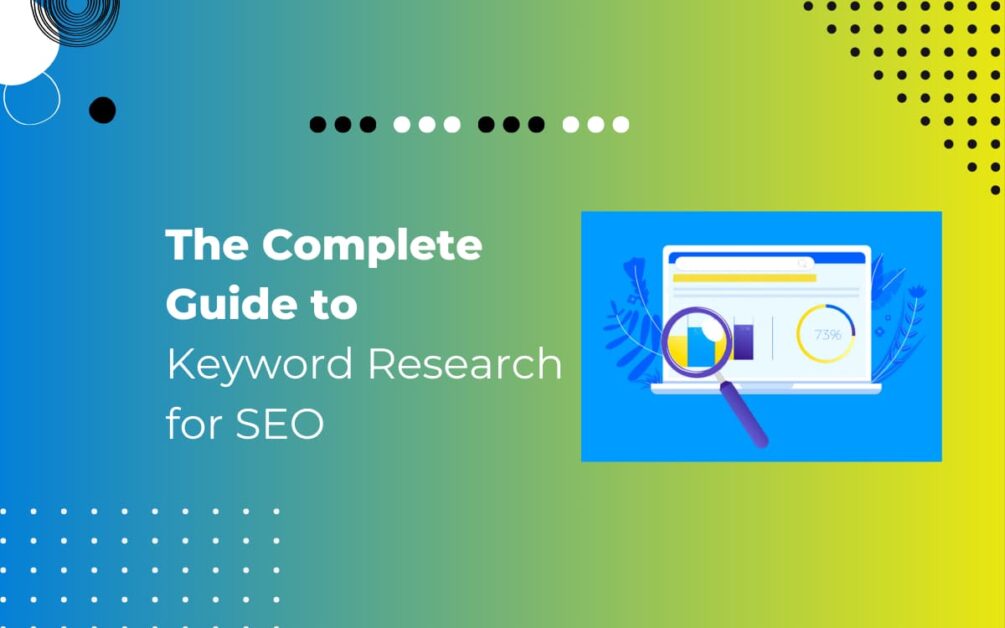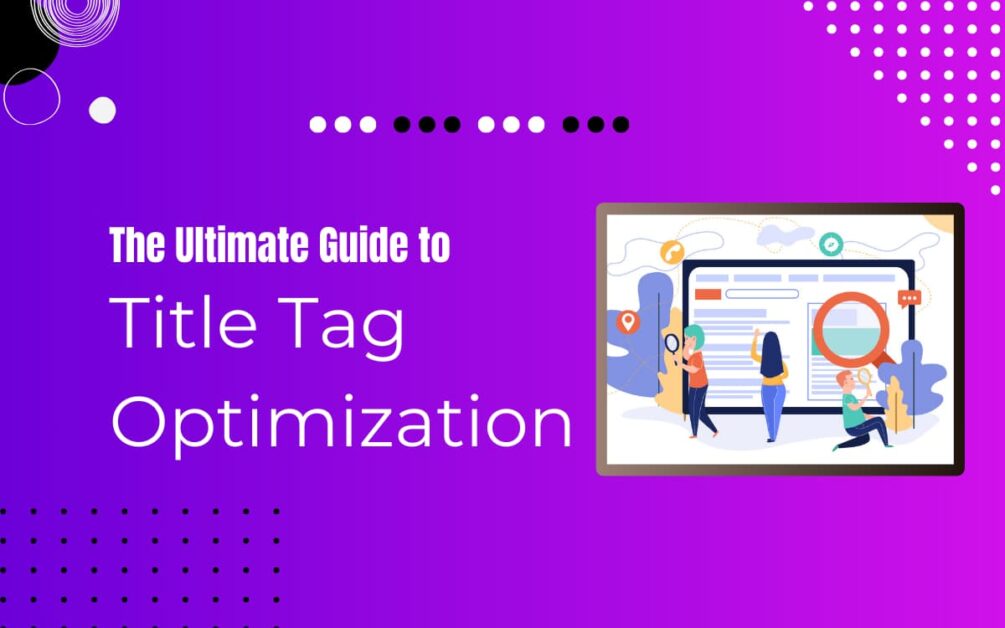Reading Time: 5 mins 40 sec
In this article, we will discuss, how to use internal links for better ranking on Google.
People often believe that the harder it is to obtain a backlink, the more valuable it will be.
However, boosting your rankings in Google doesn’t always require putting in more effort.
Sometimes, all it takes is utilizing internal linking effectively, which has a 100% success rate.
In this post, we will explore how internal linking can help you improve your organic rankings and drive more traffic to your website.
So let’s get started
Read This: My Honest Content At Scale Review
The Power of Internal Linking
Internal linking is a simple yet powerful technique that involves creating links between different pages within your website.
When done strategically, internal linking can significantly boost your website’s authority and improve its visibility in search engine results pages(SERP).
The Middleman Method is a specific internal linking strategy that can yield impressive results.
The Middleman Method Explained
The Middleman Method revolves around building authority for a specific page on your website by acquiring a significant number of backlinks.
This authoritative page can then pass some of its “PageRank” to other pages on your website, thereby enhancing their rankings in Google.
To make this strategy work effectively, three key ingredients are essential.
- Backlinks to the Linking Page
- Matching Searcher Intent
- Competitors Within Reach
Backlinks to the Linking Page
Backlinks are crucial for establishing a page’s authority, also known as PageRank. A page with quality backlinks can pass a portion of its authority to the URLs it links to. However, if a page lacks authority, it won’t be able to boost the rankings of other pages effectively.
Matching Searcher Intent
To satisfy Google’s goal of providing relevant results, it is essential to ensure that the page you want to rank aligns with the intent of searchers. If your page fails to match the intent, simply adding internal or even external links won’t provide the desired solution.
Competitors Within Reach
Competing against websites with an extensive backlink profiles can be challenging, especially for new websites. It is crucial to identify competitors who are on a similar playing field as yours, allowing you to compete effectively and improve your rankings.
Read This: Which Is Best CMS For Website
Finding Internal Link Opportunities
Identifying relevant pages for internal linking is a crucial step in implementing the Middleman Method effectively.
Here’s a step-by-step process to help you find internal link opportunities and assess their suitability.
Create a List of Important Pages
Search for Linking Opportunities
- a. Site Search in Google
- b. Ahrefs’ Site Audit
- c. Best by Links Report in Ahrefs’ Site Explorer
Track Your Keyword Rankings
Create a List of Important Pages:
Compile a list of pages on your website that you aim to rank higher in Google. Consider pages that offer a balance of high business value and traffic potential, where you are not currently ranking in top positions. Tools like Ahrefs’ Site Explorer can assist in identifying such pages.
Search for Linking Opportunities:
There are multiple ways to find internal linking opportunities within your site:
a. Site Search in Google:
Perform a site search using “site:yourwebsite.com” along with a keyword related to the page you want to rank. This search will help you identify pages that are relevant to your target page.
b. Ahrefs’ Site Audit:
Use Ahrefs’ Site Audit to discover internal link opportunities. After running a crawl, navigate to the Internal Link opportunities report. Set filters to find pages you want to link from and pages you want to link to.
c. Best by Links Report in Ahrefs’ Site Explorer:
Utilize the Best by Links report in Ahrefs’ Site Explorer to find pages on your website that have a strong backlink profile. Identify relevant pages that align with your target page’s content and have high page-level authority.
Track Your Keyword Rankings
Once you have implemented internal links and optimized your pages, it’s essential to track your keyword rankings to measure the effectiveness of your efforts. Monitoring your rankings will help you identify any improvements or changes and make necessary adjustments to your internal linking strategy.
Here are a few tools you can use to track your keyword rankings:
Google Search Console: Google Search Console provides valuable insights into your website’s performance in Google search results. You can monitor keyword rankings, impressions, click-through rates, and more.
Ahrefs: Ahrefs is a comprehensive SEO tool that offers keyword-tracking features. It allows you to monitor your keyword positions, search volumes, and organic traffic over time.
SEMrush: SEMrush is another popular SEO tool that provides keyword-tracking capabilities. It enables you to track your keyword rankings, compare them with your competitors, and analyze your organic search performance.
Read This: Local SEO For Real Estate Businesses
Refining and Iterating Your Internal Linking Strategy
To maximize the benefits of the Middleman Method and internal linking, it’s essential to refine and iterate your strategy over time.
Here are a few tips to help you optimize your internal linking approach:
Analyze User Behavior: Study user behavior on your website to identify popular pages, high-converting pages, and pages with high bounce rates. By understanding how users navigate through your site, you can strategically place internal links to guide them to relevant and valuable content.
Update Anchor Texts: Anchor texts play a crucial role in internal linking. Ensure that your anchor texts are descriptive, relevant, and natural. Avoid using generic phrases like “click here” and instead use specific keywords that accurately represent the linked page’s content.
Maintain Relevance: Keep your internal links relevant and contextually appropriate. Linking to unrelated or irrelevant pages can confuse both users and search engines. Focus on linking to pages that provide additional value or more in-depth information related to the topic.
Diversify Anchor Texts: While it’s important to use relevant anchor texts, it’s also essential to diversify them. Using the same anchor text for multiple internal links can appear unnatural and may not yield the desired results. Mix up your anchor texts using variations of target keywords and related phrases.
Conduct Regular Audits: Perform periodic audits of your internal links to ensure they are still valid and functional. Check for broken links or pages that have been removed or redirected. Update or remove any outdated internal links to maintain a healthy internal linking structure.
Read This: Maximizing Online Lead Generation In Real Estate
Conclusion
In this article, we will discuss, how to use internal links for better ranking on Google.
Internal linking is a powerful SEO technique that can significantly impact your website’s organic rankings.
By implementing the Middleman Method and strategically linking authoritative pages to relevant target pages, you can boost their visibility and improve their chances of ranking higher in search engine results.
Remember to focus on obtaining quality backlinks, aligning with searcher intent, and competing effectively within your niche.
Regularly track your keyword rankings and refine your internal linking strategy based on user behavior and performance metrics.
With a well-executed internal linking approach, you can enhance your website’s authority, drive more organic traffic, and achieve your SEO goals.
If you like this article please share and comment.
Read Also
- Top 65 Technical SEO Interview Questions And Answers
- Does Bold Text Help SEO
- How To Create The Perfect H1 Tag For SEO
- Google Announces Five Changes Coming To Mobile Search
- Benefits Of Using Semrush
FAQ
Does internal linking help in ranking?
They consequently promote your important pages and help you rank better. In essence, internal linking for SEO enhances user and search engine navigation. Users and web spiders can quickly move across your website thanks to the use of internal links.
How do I optimize my internal link?
Best Practises for Internal Links in 2023 to Boost SEO Results
Make new pages with excellent, compelling content and link them to pertinent, high-ranking core pages.
To ensure a fantastic user experience, create contextual internal backlinks utilizing the appropriate anchor and direct visitors to sites that are pertinent to their needs.
Do internal links improve SEO?
By creating a hierarchy on your website, you may give the most significant pages and posts more link value than other, less significant pages. Therefore, implementing the proper internal linking strategy can help your SEO!
How many internal links are good for SEO?
What proportion of internal links ought should I use in each post? There is no predetermined number, however, it’s recommended to use 5 to 10 for every 2,000 words.
Are too many internal links bad for SEO?
It actually doesn’t matter how many links a page contains. There may be more links needed on some sites than others. However, if you use too many links, it could hurt your SEO efforts. Try to limit the number of links on most pages to a few hundred or less.
How many internal links is too many?
Your page may appear spammy if it has too many links, which could hurt your rankings. Semrush Site Audit causes this problem for pages with more than 3000 links, which is just too many for the majority of pages.
Should internal links open in a new tab 2023?
External links should typically open in different tabs, whereas internal links should typically open in the same tab. External links opened in the same tab as your website will have an impact on both you and your visitors. Your website will have to work harder and you’ll receive misleading website metrics.
How do I optimize my URL for SEO?
All users must be able to read URLs.
Put your content in order.
Avoid using capital.
use hyphens instead of underscores.
Fill out a sitemap with your mobile URLs.
Specify your intended keyword.
Robots can be used to block hazardous URLs.
Make your URLs canonical.
How was your overall experience with SEOwithsunny?



